


We narrowed it down to three. Now, our holiday card contest is in YOUR hands!
The winning design will be revealed in our 2025 holiday card.
Make sure to vote by Oct 8 (TOMORROW!) 👇
carnegiescience.edu/news/vote-ca...
@carnegiescience.bsky.social
The Carnegie Institution for Science is dedicated to scientific discovery and supporting exceptional individuals in an atmosphere of independence.



We narrowed it down to three. Now, our holiday card contest is in YOUR hands!
The winning design will be revealed in our 2025 holiday card.
Make sure to vote by Oct 8 (TOMORROW!) 👇
carnegiescience.edu/news/vote-ca...

One vote not enough?
Try two. Or three. Or twenty. 😉
That's right, you can cast unlimited votes for your favorite holiday card design. Tag your friends and share the love! ⬇️
carnegiescience.edu/news/vote-ca...
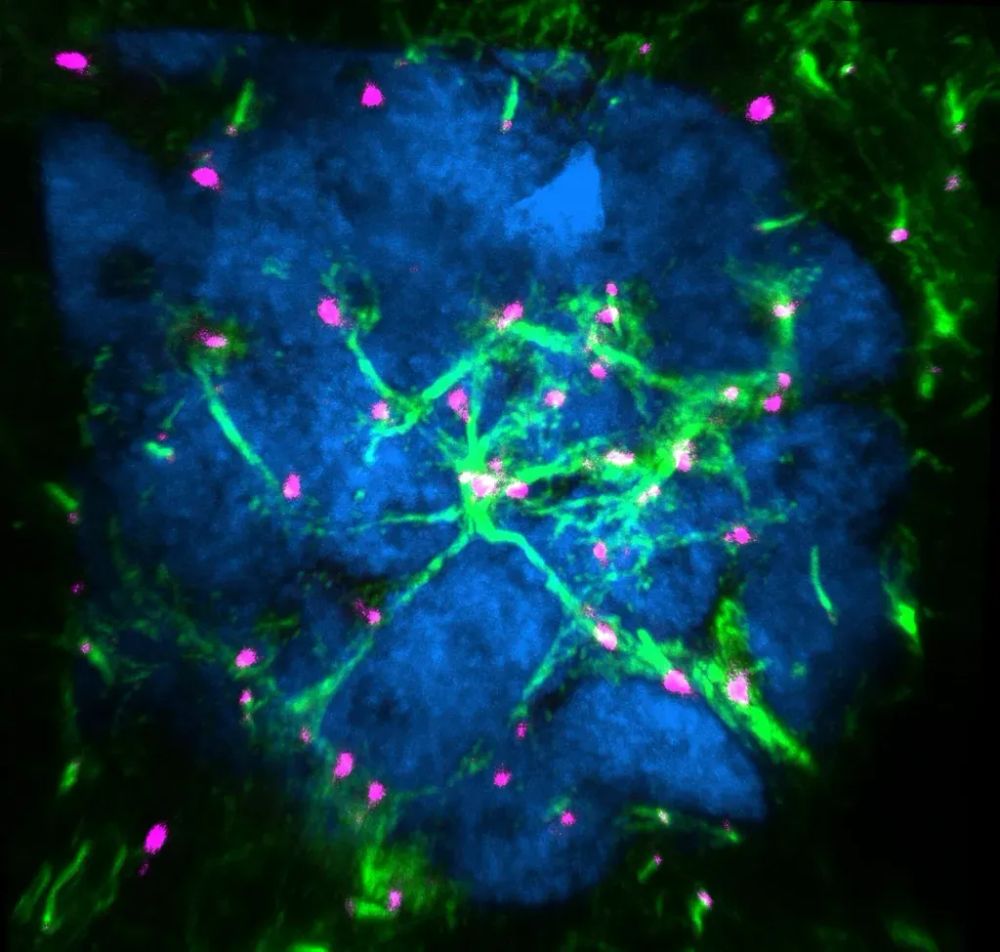
✨ The entries are in! ✨
Carnegie scientists & staff submitted some incredible artwork for our 2025 holiday card—and now it’s time to VOTE!
🗳️ Cast your vote for one of our three finalists by Oct 8 carnegiescience.edu/news/vote-ca...

Cells, stars, & creativity collide!
Our scientists & staff submitted stunning artwork for our annual holiday card contest. Which design do YOU think should win?
🗳️ Cast your vote by Oct 8
carnegiescience.edu/news/vote-ca...



Whether it's the glow of the Northern Lights or the brilliance of fluorescence microscopy, Carnegie scientists & staff have submitted some stunning artwork for this year's holiday card contest.
Now it's time for YOU to decide the winner!
Voting ends Oct 8. 👇
carnegiescience.edu/news/vote-ca...

TOMORROW: Two talks, one big night of discovery!
Join Earth & Planets Laboratory postdocs Sierra Grant & Shubham Kanodia as they reveal how planets are born—and the giants that defy the rules. #NeighborhoodLecture
📅 Sept 25 | 6:30 PM ET | DC & Online
🔗 RSVP: carnegiescience.edu/birth-worlds...

🔗 Read the full story: carnegiescience.edu/news/joseph-...
16.09.2025 21:51 — 👍 0 🔁 0 💬 0 📌 0From frog ponds to Nobel Prizes, Joe Gall showed how curiosity-driven science transforms our world.
We’re proud to see his legacy recognized with the 2025 @GoldGooseAward.

Carol Greider, Joe Gall, and Elizabeth Blackburn.
Among the scientists Gall mentored were Elizabeth Blackburn and Carol Greider, who went on to share the 2009 Nobel Prize for their work on telomeres & the enzyme telomerase.
16.09.2025 21:51 — 👍 1 🔁 0 💬 1 📌 0

Joe Gall's legacy. Created by Kathleen Karrer. https://www.goldengooseaward.org/01awardees/natures-oddities
In addition to his major contributions to cellular biology, Gall is also known for his mentorship and a legacy of championing women in science in an era where that was rare.
16.09.2025 21:51 — 👍 0 🔁 0 💬 1 📌 0
Tetrahymena under the microscope (Protist Information Server)
Later, Gall turned to the single-celled “pond scum” organism Tetrahymena for research.
From this odd choice came the discovery of telomeres—the DNA “caps” that protect our chromosomes—sparking a revolution in aging & cancer research.

Giant chromosomes found in the oocytes of frogs and other amphibians studied by scientist Joe Gall
Working with frog egg cells, Gall & Mary Lou Pardue developed in situ hybridization—a powerful way to map genes.
That “basic science” tool became foundational for modern genomics and remains essential in disease diagnostics today.
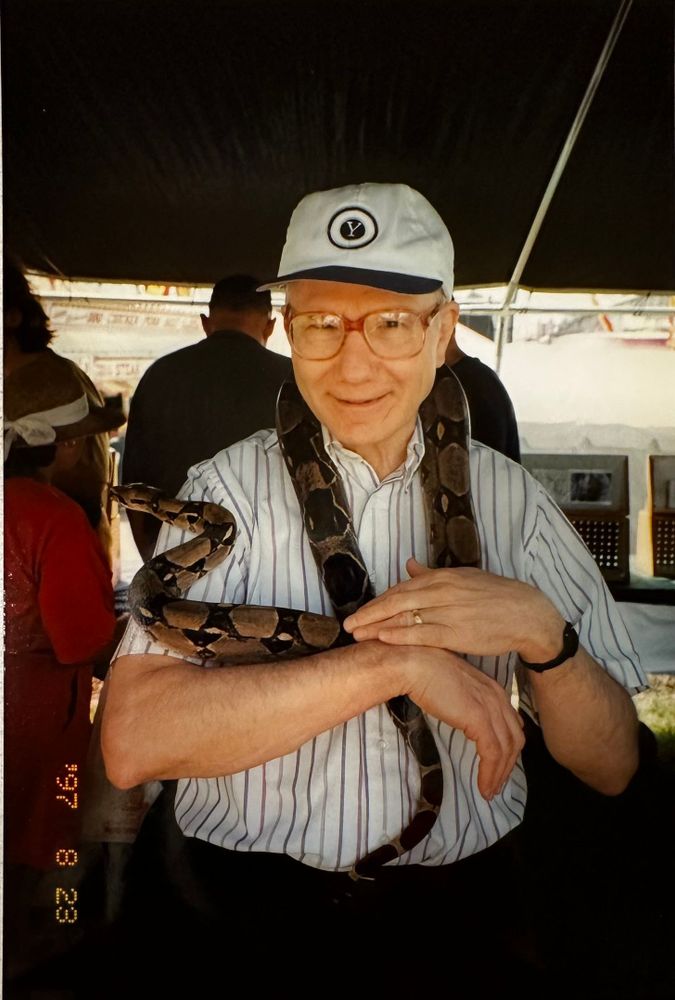
The @GoldGooseAward celebrates how seemingly obscure research can spark world-changing breakthroughs.
Gall, who joined Carnegie in 1983, embodied this spirit with an uncanny ability to choose the perfect organism for each experiment.

What do frog eggs, “pond scum”, and cancer diagnostics have in common?
The late Joseph G. Gall (1927–2024) turned curiosity about life’s oddities into discoveries that reshaped modern biology.
This week, he was honored with the 2025 @GoldGooseAward. carnegiescience.edu/news/joseph-...
🧵 👇

"We're at the edge of a new era in astrobiology. We've never had more data or more computing power. Now is the moment to bring it all together and finally ask—and maybe answer—the biggest question of all: Are we alone?"
-Michael Wong (@miquai.bsky.social)
More👇
carnegiescience.edu/news/can-we-...

The project’s findings will help NASA choose the right tools for future missions to Mars, icy moons & beyond—making the search for life more effective.
26.08.2025 19:00 — 👍 1 🔁 0 💬 1 📌 0
The team plans to analyze 1,000+ samples—from meteorites to fossils to living organisms—to build a massive open dataset. By training A.I. on these chemical & molecular signatures, scientists hope to reliably tell life from non-life. #OpenData #Astrobiology
26.08.2025 19:00 — 👍 1 🔁 0 💬 1 📌 0
Carnegie's Michael Wong & NASA's Caleb Scharf are co-leading a new $5M NASA-funded project aimed at training A.I. to recognize signs of life in planetary data.
Read more👇
carnegiescience.edu/news/can-we-...
#Astrobiology #ICAR @miquai

The kickoff #TIMESworkshop hosted by Carnegie's Jennifer Kasbohm wraps today—but we’re just getting started!
With new collaborations, clear priorities & a 5-year roadmap, this global team is ready to turn 100M years of climate history into a unified timeline.
Stay tuned to see what comes next!
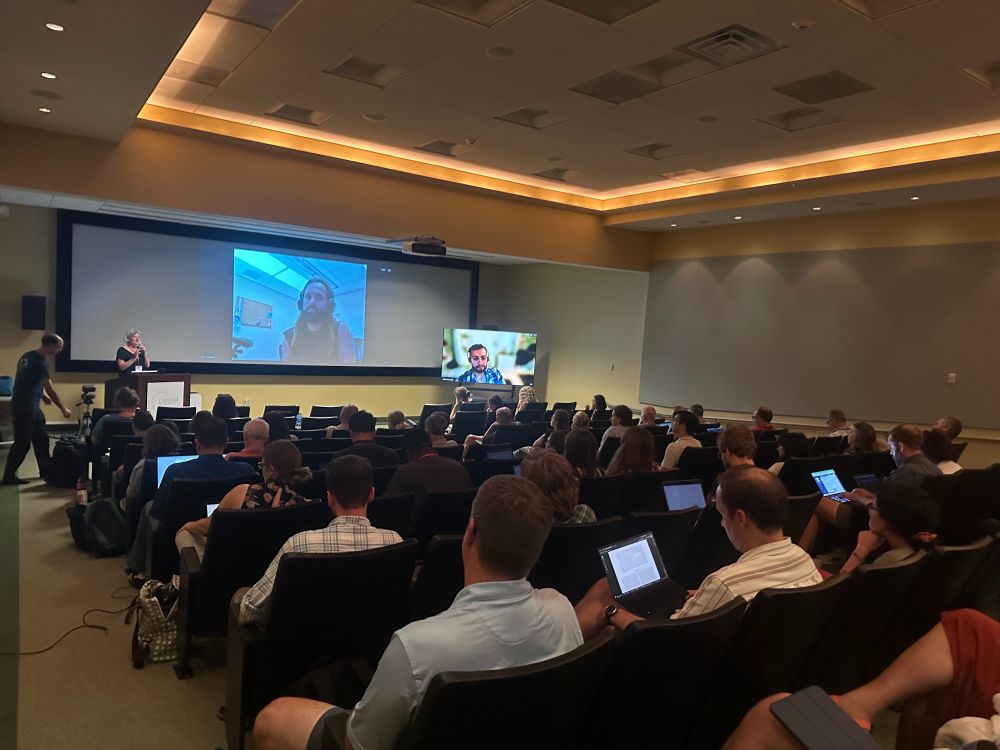
To conclude the day, working groups reported on discussions centered on various time intervals and strategized how they would build on relationships and research opportunities over the next several years. #TIMESworkshop
14.08.2025 20:45 — 👍 0 🔁 0 💬 1 📌 0
Day 2 of #TIMESworkshop is underway with a talk from Elisabetta Erba (University of Milan, International Commission on Stratigraphy).
Thanks to virtual + in-person participation, this is truly global collaboration in action.

The idea for TIMES originated with Thomas Westerhold (University of Bremen). He's speaking to the cohort now about defining the timeline and scientific plan for this decadal effort. #TIMESworkshop
13.08.2025 18:34 — 👍 0 🔁 0 💬 1 📌 0
Information organization & access are key for comparing data from unique tools and methods.
The morning wrapped with sessions on the databases & strategies #TIMESworkshop participants may use to achieve their scientific goals over the next 5 years.

Mark Schmitz (Boise State) shares how Bayesian stats are sharpening historic models to better capture Earth’s geological complexities—part of his talk on radioisotopic geochronology. ⏳🪨 #TIMESworkshop
13.08.2025 15:49 — 👍 0 🔁 0 💬 1 📌 0



The #TIMESworkshop kicked off the morning with dives into dating tools and strategies—bio- & magnetostratigraphy, radioisotopic geochronology, and chemostratigraphy.
Basically, a whirlwind tour of how we figure out the age of everything on Earth.

Carnegie’s Jennifer Kasbohm spearheaded the gathering—bringing together geochronologists, astrochronologists, and other "Earth-historians" to recalibrate 100 million years of global climate records into one unified, accurate, & precise timeline.
13.08.2025 15:49 — 👍 0 🔁 0 💬 1 📌 0

Carnegie Science is excited to host the #TIMESworkshop —Time-Integrated Matrix for Earth Sciences, at the Carnegie Science Earth and Planets Laboratory this week!
13.08.2025 15:49 — 👍 4 🔁 0 💬 1 📌 0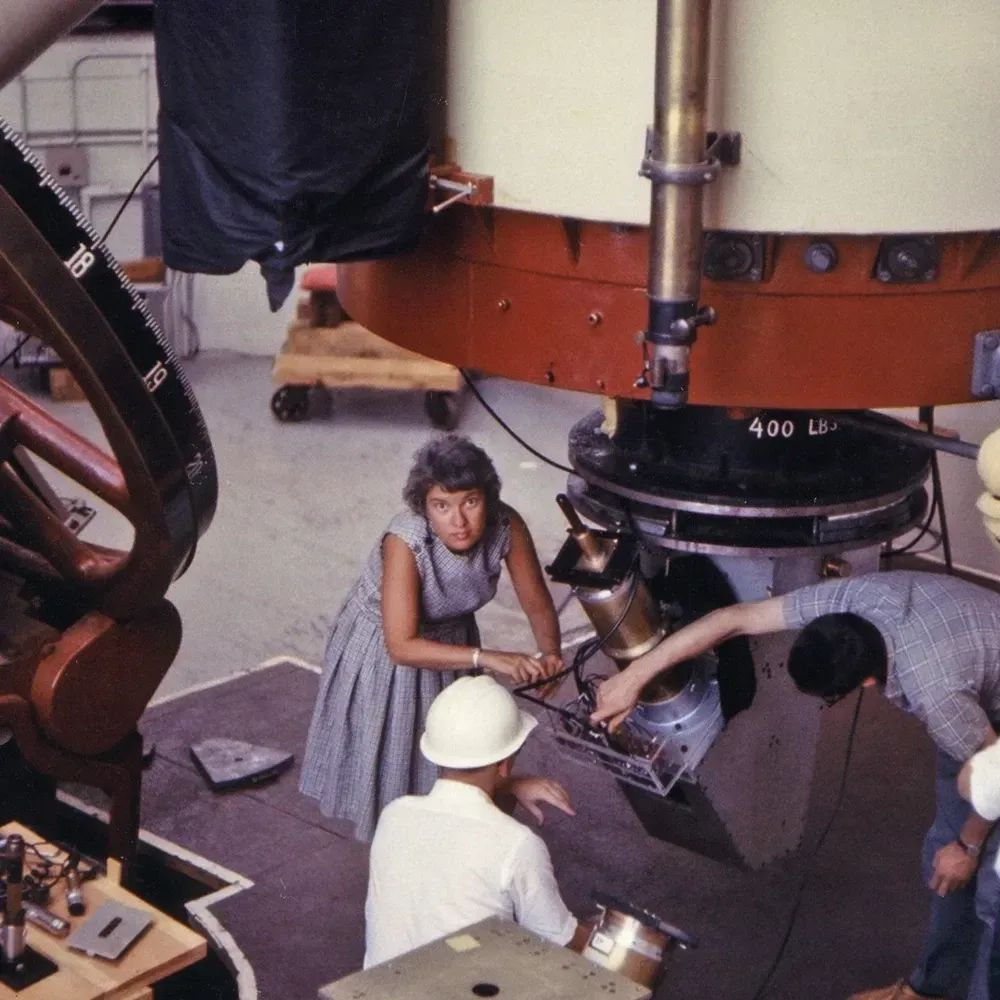
On this day in 1928, a star was born!
Vera Rubin’s observations of swirling galaxies offered the first clear evidence of dark matter. She showed us that the universe is full of mysteries we can’t see… yet.
carnegiescience.edu/news/remembe...
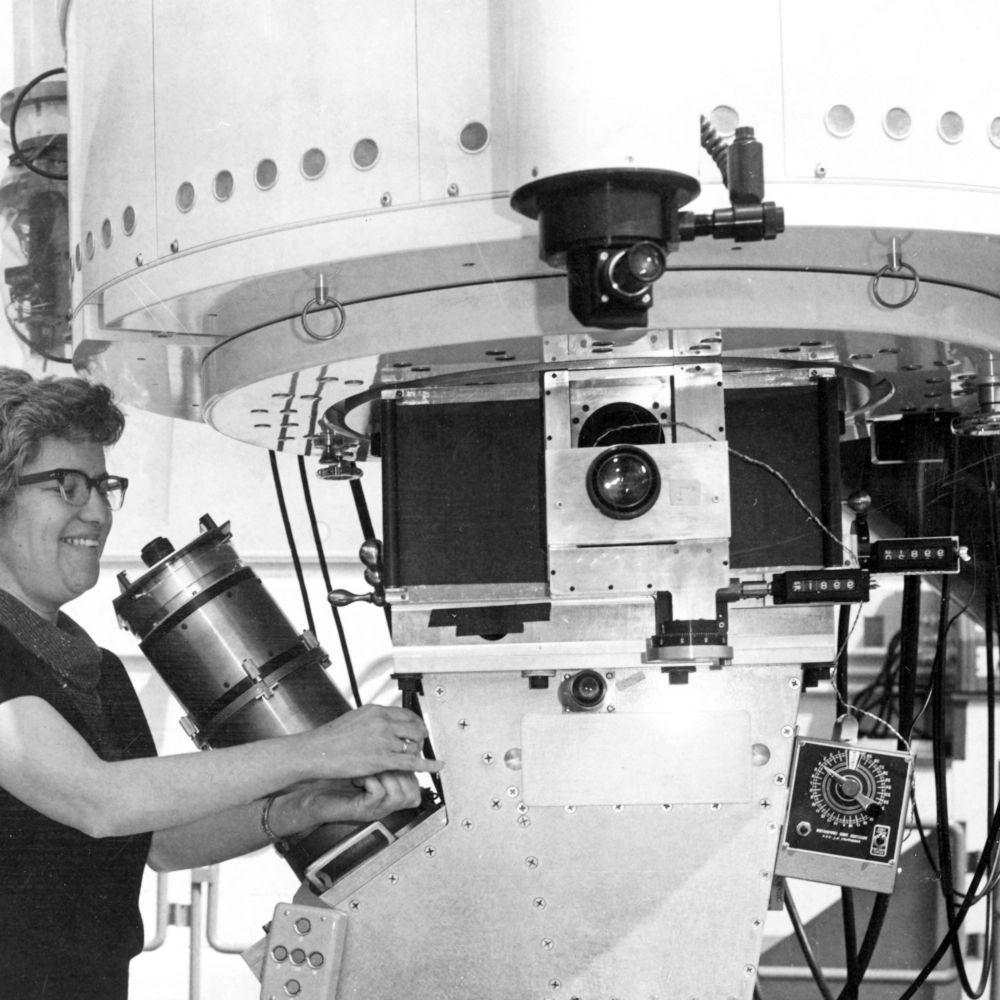
Happy birthday to Vera Rubin—a scientist who changed our view of the universe.
Today, we’re celebrating her legacy through 5 iconic objects, from a homemade telescope to the spectrograph that helped reveal dark matter.
Read more: carnegiescience.edu/news/five-ob...